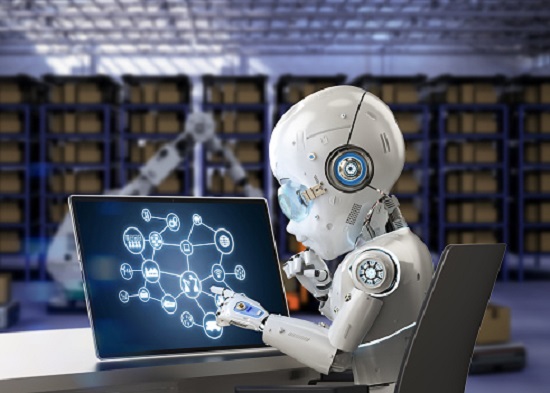AI Summit: US Energy Secretary Highlights AI’s Role in Science, Energy and Security
AI can help solve some of the world’s biggest challenges — whether climate change, cancer or national security — U.S. Secretary of Energy Jennifer Granholm emphasized today during her remarks at the AI for Science

AI can help solve some of the world’s biggest challenges — whether climate change, cancer or national security — U.S. Secretary of Energy Jennifer Granholm emphasized today during her remarks at the AI for Science, Energy and Security session at the NVIDIA AI Summit, in Washington, D.C.
Granholm went on to highlight the pivotal role AI is playing in tackling major national challenges, from energy innovation to bolstering national security.
“We need to use AI for both offense and defense — offense to solve these big problems and defense to make sure the bad guys are not using AI for nefarious purposes,” she said.
Granholm, who calls the Department of Energy “America’s Solutions Department,” highlighted the agency’s focus on solving the world’s biggest problems.
“Yes, climate change, obviously, but a whole slew of other problems, too … quantum computing and all sorts of next-generation technologies,” she said, pointing out that AI is a driving force behind many of these advances.
“AI can really help to solve some of those huge problems — whether climate change, cancer or national security,” she said. “The possibilities of AI for good are awesome, awesome.”
Following Granholm’s 15-minute address, a panel of experts from government, academia and industry took the stage to further discuss how AI accelerates advancements in scientific discovery, national security and energy innovation.
“AI is going to be transformative to our mission space.… We’re going to see these big step changes in capabilities,” said Helena Fu, director of the Office of Critical and Emerging Technologies at the Department of Energy, underscoring AI’s potential in safeguarding critical infrastructure and addressing cyber threats.
During her remarks, Granholm also stressed that AI’s increasing energy demands must be met responsibly.
“We are going to see about a 15% increase in power demand on our electric grid as a result of the data centers that we want to be located in the United States,” she explained.
However, the DOE is taking steps to meet this demand with clean energy.
“This year, in 2024, the United States will have added 30 Hoover Dams’ worth of clean power to our electric grid,” Granholm announced, emphasizing that the clean energy revolution is well underway.
AI’s Impact on Scientific Discovery and National Security
The discussion then shifted to how AI is revolutionizing scientific research and national security.
Tanya Das, director of the Energy Program at the Bipartisan Policy Center, pointed out that “AI can accelerate every stage of the innovation pipeline in the energy sector … starting from scientific discovery at the very beginning … going through to deployment and permitting.”
Das also highlighted the growing interest in Congress to support AI innovations, adding, “Congress is paying attention to this issue, and, I think, very motivated to take action on updating what the national vision is for artificial intelligence.”
Fu reiterated the department’s comprehensive approach, stating, “We cross from open science through national security, and we do this at scale.… Whether they be around energy security, resilience, climate change or the national security challenges that we’re seeing every day emerging.”
She also touched on the DOE’s future goals: “Our scientific systems will need access to AI systems,” Fu said, emphasizing the need to bridge both scientific reasoning and the new kinds of models we’ll need to develop for AI.
Collaboration Across Sectors: Government, Academia and Industry
Karthik Duraisamy, director of the Michigan Institute for Computational Discovery and Engineering at the University of Michigan, highlighted the power of collaboration in advancing scientific research through AI.
“Think about the scientific endeavor as 5% creativity and innovation and 95% intense labor. AI amplifies that 5% by a bit, and then significantly accelerates the 95% part,” Duraisamy explained. “That is going to completely transform science.”
Duraisamy further elaborated on the role AI could play as a persistent collaborator, envisioning a future where AI can work alongside scientists over weeks, months and years, generating new ideas and following through on complex projects.
“Instead of replacing graduate students, I think graduate students can be smarter than the professors on day one,” he said, emphasizing the potential for AI to support long-term research and innovation.
Learn more about how this week’s AI Summit highlights how AI is shaping the future across industries and how NVIDIA’s solutions are laying the groundwork for continued innovation.
###END###





































